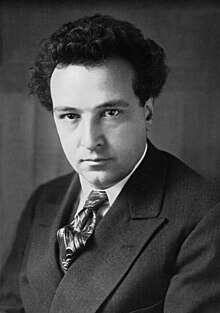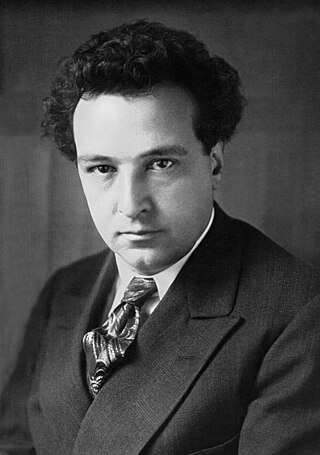
Arthur Honegger was a Swiss composer who was born in France and lived a large part of his life in Paris. Honegger was a member of Les Six. For Halbreich, Jeanne d'Arc au bûcher is "more even than Le Roi David or Pacific 231, his most universally popular work".

The Brandenburg Concertos by Johann Sebastian Bach are a collection of six instrumental works presented by Bach to Christian Ludwig, Margrave of Brandenburg-Schwedt, in 1721. The original French title is Six Concerts Avec plusieurs instruments, meaning "Six Concertos for several instruments". Some of the pieces feature several solo instruments in combination. They are widely regarded as some of the greatest orchestral compositions of the Baroque era.
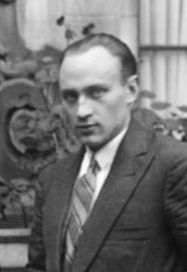
Paul Sacher was a Swiss conductor, patron and billionaire businessman. At the time of his death Sacher was majority shareholder of pharmaceutical company Hoffmann-La Roche and was considered the third richest person in the world with an estimated net worth of US$13 billion.

Mendelssohn's Piano Concerto No. 1 in G minor, Op. 25, was written in 1830–31, around the same time as his fourth symphony, and premiered in Munich on 17 October 1831. This concerto was composed in Rome during a travel in Italy after the composer met the pianist Delphine von Schauroth in Munich. The concerto was dedicated to her. Mendelssohn attended one party after another in Munich in October 1831, the month of the premiere, but he also played chamber music and taught double counterpoint. He performed the piece himself at the premiere, which also included performances of his Symphony No. 1 and the Overture from Midsummer Night's Dream. He had already written a piano concerto in A minor with string accompaniment (1822) and two concertos with two pianos (1823–24).

The Piano Concerto No. 22 in E♭ major, K. 482, is a work for piano, or fortepiano, and orchestra by Wolfgang Amadeus Mozart, composed in December 1785.
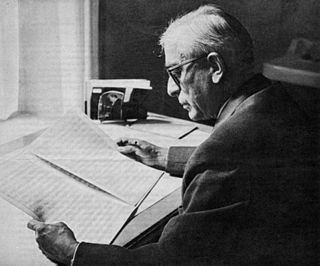
Conrad Arthur Beck was a Swiss composer.
Igor Stravinsky's Concerto in D ("Basle") for string orchestra was composed in Hollywood between the beginning of 1946 and 8 August of the same year in response to a 1946 commission from Paul Sacher to celebrate the 20th anniversary of the Basler Kammerorchester , and for this reason is sometimes referred to as the "Basle" Concerto.
The Strathclyde Concertos are a series of ten orchestral works by the English composer Sir Peter Maxwell Davies.
Zdeněk Lukáš was a Czech composer. He authored over 330 works.
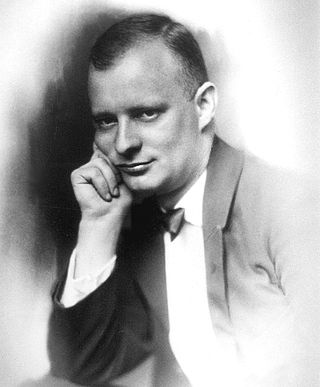
Kammermusik is the title for eight chamber music compositions by Paul Hindemith. He wrote them, each in several movements, during the 1920s. They are grouped in three opus numbers: Op. 24, Op. 36 and Op. 46. Six of these works, Kammermusik Nos. 2–7, are not what is normally considered chamber music – music for a few players with equally important parts such as a wind quintet – but rather concertos for a soloist and chamber orchestra. They are concertos for piano, cello, violin, viola, viola d'amore and organ. The works, for different ensembles, were premiered at different locations and times. The composer was the soloist in the premiere of the viola concertos, while his brother Rudolf Hindemith was the soloist in the premiere of the cello concerto. Kammermusik is reminiscent of Bach's Brandenburg Concertos, also concertos for different solo and orchestra instruments, and in a neo-Bachian spirit of structure, polyphony and stability of motion.

The Symphony No. 2 for strings and trumpet by Arthur Honegger was commissioned in 1937 by Paul Sacher to mark the tenth anniversary of the chamber orchestra Basler Kammerorchester. Progress was slow, however, in part due to the interruption of the Second World War. The music is primarily for strings alone and is very turbulent and troubled until the trumpet soloist enters near the end of the music, giving this mostly tragic work a hopeful ending.
Concerto da camera, or in English chamber concerto, originally was one of the two types of concerto grosso, the other being the concerto da chiesa. The concerto da camera had the character of a suite, being introduced by a prelude and incorporating popular dance forms. Antonio Vivaldi and Georg Philipp Telemann were great exponents of this form of music. Later it became a popular name for any concerto in a chamber music or chamber orchestra setting.

Peter Mieg was a Swiss composer, painter and journalist.
Louis-Marius Speyer was a French-born American oboist best known for playing solo English horn in the Boston Symphony Orchestra from 1918 to 1964.
The Concerto Grosso No. 1 was the first of six concerti grossi by Soviet composer Alfred Schnittke. It was written in 1976–1977 at the request of Gidon Kremer and Tatiana Grindenko who were also the violin soloists at its premiere on 21 March 1977 in Leningrad together with Yuri Smirnov on keyboard instruments and the Leningrad Chamber Orchestra under Eri Klas. It is one of the best-known of Schnittke's polystylistic compositions and marked his break-through in the West.
Bohuslav Martinů's Double Concerto for Two String Orchestras, Piano, and Timpani was written in Switzerland in 1938 during deteriorating diplomatic relationships throughout Europe. Commissioned by Paul Sacher for the Basel Chamber Orchestra, it reflects intense impressions, from both the composer's personal life and the political events of the time.
The Concerto for Horn and Strings is a concerto for horn and string orchestra in three movements by the English composer Gordon Jacob. The work was composed in 1951 for soloist Dennis Brain and premiered on 8 May 1951, with Jacob conducting the Riddick String Orchestra in Wigmore Hall, London. The piece has been regarded as one of the most popular horn concertos of the 20th century.
The Concerto for Viola and Orchestra is a viola concerto by the American composer John Harbison. The work was commissioned by the Saint Paul Chamber Orchestra, the Los Angeles Chamber Orchestra, and the New Jersey Symphony Orchestra with contributions from Meet The Composer and Reader's Digest. It was first performed by Jaime Laredo and the New Jersey Symphony Orchestra under the direction of Hugh Wolff on May 18, 1990.

The Double Concerto by German composer Hans Werner Henze is a double concerto for oboe and harp, better known by its original Italian title Doppio concerto. It was completed and first performed in Zurich in 1966, and published by Schott.
